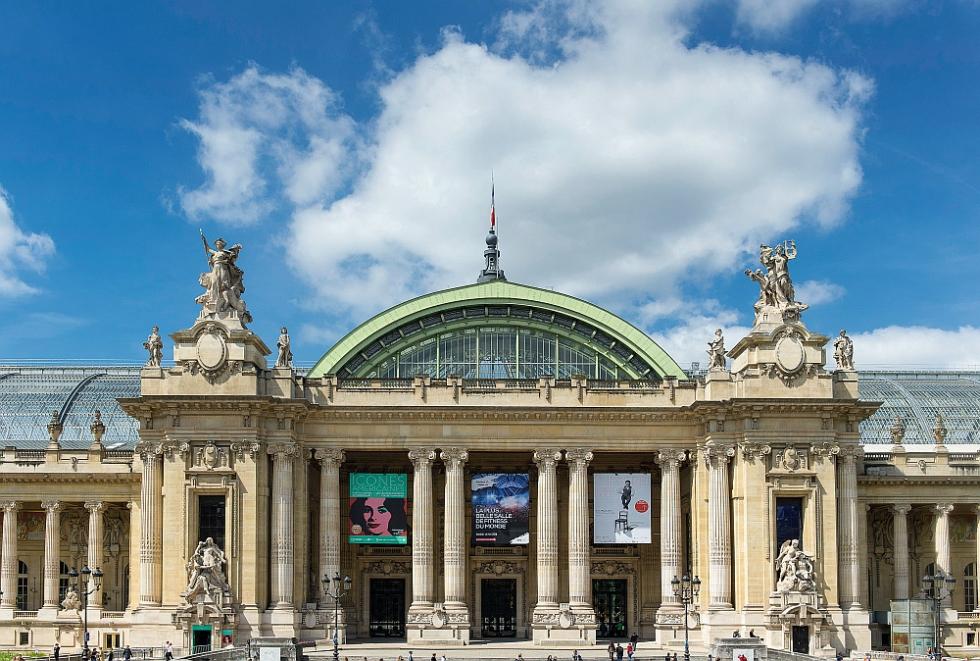GRAND PALAIS HISTORY

Throughout the second half of the 19th century, Universal Exhibitions were regular features on the calendar of the leading European capitals. The boldness of the organisers’ projects were challenges to architects’ imagination and, while it was commonplace for even the most grandiose constructions to be pulled down when the show was over, others such as the Eiffel Tower (1889) and the Grand Palais (1900) indelibly modified the Paris skyline forever.
The Universal Exhibitions offered an opportunity for each nation to showcase its innovations in business, industry and the fine arts and the opportunity for people from all over the world to compete within a peaceful framework. The foreign pavilions added a touch of exoticism and fun, which excited the popular imagination and drew millions of visitors. The first Universal Exhibition took place in 1851 in London, where the Crystal Palace, combining glass and steel, stunned visitors with its transparency, sheer size and original construction techniques.
In 1855, Paris staged its first Universal Exhibition and, not to be outdone, built the Palais de l’industrie, inspired by the Crystal Palace, thus demonstrating France’s ability to replicate Britain’s technical achievement, even adding a stone facade that drew further admiration from the public.
Paris organised
Universal Exhibitions at eleven-year intervals from 1867. The French
capital witnessed a succession of ephemeral buildings, but some were so
popular that they were saved for posterity: the most famous is of course
the Eiffel Tower, though it should originally have been demolished when
the Universal Exhibition was over. The Grand Palais however; was
designed to last.
The success of these World Fairs, as they are
also known, can be gauged by the ever bigger areas occupied over the
years: the Champ-de-Mars at the foot of the Eiffel Tower; the Esplanade
des Invalides further up the Seine; a section of the Champs-Élysées; and
then both banks of the Seine between the Trocadéro and the
Champs-Élysées. The figures speak for themselves: the spaces used grew
from 40 acres in 1855 to 335 in 1900, the year when the Grand Palais was
built.
Over this same period, the exhibitions drew ever-bigger crowds, over 50 million people attending the event in 1900.